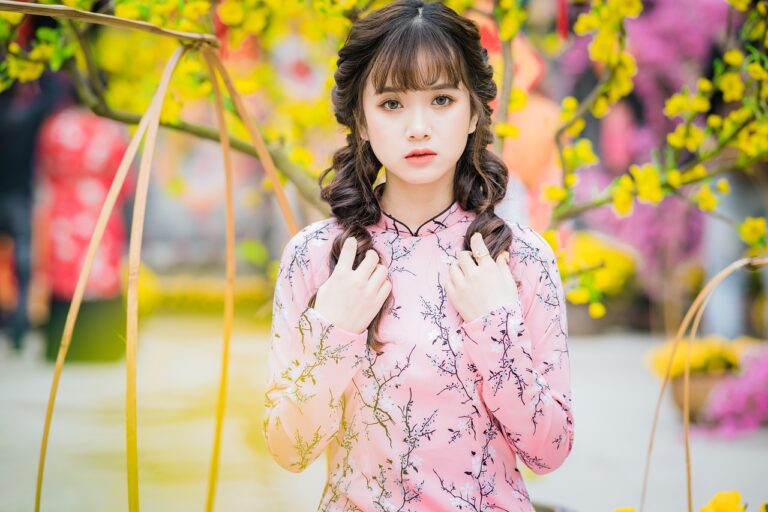The Influence of Architecture on Fashion Design: Exploring Structural Elements in Clothing
Architecture has long served as a source of inspiration for fashion designers throughout history. The intricate details, structural elements, and overall aesthetics of buildings and monuments have often found their way into the designs of clothing and accessories. From the ancient civilizations of Egypt and Greece to the bold innovations of modern architects, the fusion of architecture and fashion has been a dynamic and constantly evolving phenomenon.
In ancient times, architectural elements such as columns, arches, and intricate patterns were translated into clothing silhouettes, drapery techniques, and embellishments. The symmetry and balance seen in iconic architectural marvels were mirrored in the construction of garments, creating a harmonious blend of form and function. As civilizations advanced, the architectural styles of different eras influenced the shapes, textures, and colors incorporated into fashion pieces, showcasing a seamless integration of two creative disciplines.
Common Architectural Elements in Clothing
Architectural elements have long played a significant role in the world of fashion design. Designers frequently draw inspiration from structures and buildings, integrating key elements into their clothing creations. One common architectural element seen in clothing is the use of geometric shapes and structures. Garments often feature clean lines, sharp angles, and structured silhouettes, mimicking the precision and stability found in architecture.
Additionally, the concept of symmetry is another prevalent architectural element that designers incorporate into their clothing designs. Symmetry can be seen in the balance and proportion of garments, with designers carefully considering how to create harmony in their pieces. Whether it’s through the placement of buttons, seams, or patterns, symmetry adds a sense of order and sophistication to clothing inspired by architecture.
Innovative Use of Materials in Fashion Inspired by Architecture
When examining the intersection of architecture and fashion, one cannot overlook the innovative use of materials that bridges the gap between these two creative realms. Designers draw inspiration from architectural forms and structures, translating them into garments that showcase unconventional materials like industrial metals, plexiglass, and carbon fiber. These materials not only add a futuristic and boundary-pushing aesthetic to fashion pieces but also create a dialogue between clothing and architecture.
By integrating materials typically reserved for building construction into their designs, fashion designers blur the lines between these two disciplines and challenge traditional notions of fabric and texture. The juxtaposition of hard, architectural materials with soft textiles creates a dynamic tension in clothing pieces, offering a visual and tactile experience that engages the senses in a novel way. This innovative approach to material usage not only pushes the boundaries of fashion design but also invites wearers to reconsider their relationship with clothing as functional art forms.
How has architecture influenced fashion design throughout history?
Architecture has long been a source of inspiration for fashion designers, with its structures, patterns, and forms often being translated into clothing designs.
What are some common architectural elements found in clothing?
Some common architectural elements found in clothing include geometric shapes, clean lines, structural silhouettes, and innovative use of materials.
How do designers use materials in fashion inspired by architecture?
Designers often use unconventional materials such as metal, glass, and concrete in their designs, taking inspiration from the textures and structures found in architectural buildings.
Can you give an example of a fashion collection inspired by architecture?
Yes, designers like Zaha Hadid, Frank Gehry, and Santiago Calatrava have all created fashion collections that draw inspiration from their architectural works, incorporating unique materials and innovative designs into their clothing lines.







